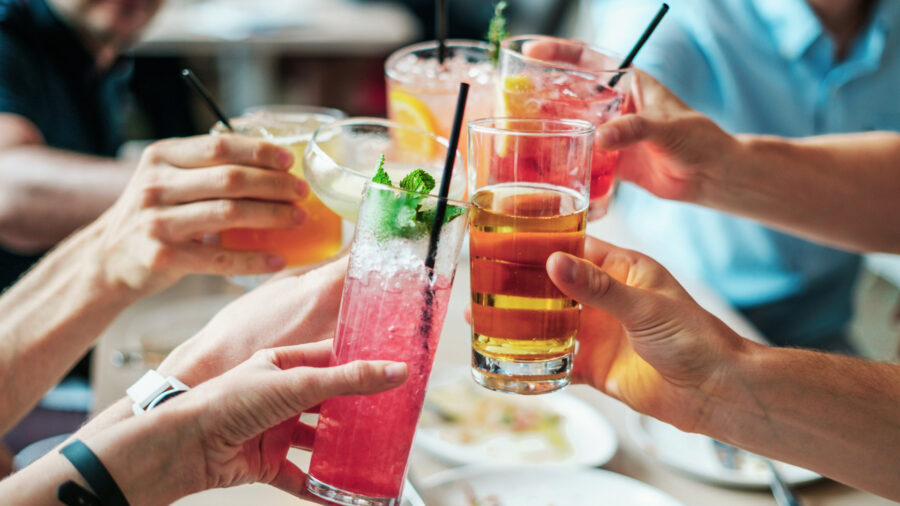Steve Ramirez is a Vice President and Relationship Manager with City National Bank’s food and beverage group. Based in Los Angeles, he provides cash flow, asset-based lending, real estate and equipment financing expertise to family and sponsor-owned businesses in the food and beverage industry. The Food Institute recently asked him about trends in the alcoholic beverage segment.
Q: What was the impact of the pandemic on consumer behavior?
Due to the pandemic, many people have shifted to drinking at home compared to in restaurants or drinking establishments. With this change in behavior, there’s been an acceleration in the e-commerce space. E-commerce penetration is evolving in the alcohol and beverage space and we expect it to account for 10-15% of off-premise beverage alcohol sales over the next five years. Looking towards the future, millennials and Gen-Z consumers will likely drive e-commerce adoption.
Q: How will the hard seltzer category evolve?
The growth of hard seltzers has been the most important new trend in the alcoholic beverage category over the last decade, attracting new younger consumers to the product and quickly increasing distribution across the United States. It’s still relevant for consumers and while growth has normalized, we believe the hard seltzer category will continue to play a key role in the growth of the Beyond Beer space.
Q: What will the next growth category be after hard seltzers?
In January, alcoholic beverage manufacturers, wholesalers, distributors, retailers, and other industry participants attended the Beer and Wine & Spirits industry summits. Based on our conversations, it’s clear that everyone is looking for the next “big thing.” In the near term, we see spirit-based ready to drink (RTDs) as being the category with the highest growth potential along with low alcoholic/non-alcoholic hard sodas.
Q: Why are spirits doing better than beer and wine?
The spirits category has gained significant market share over the last decade. We believe there are several drivers, including relative inflation, demographic trends among younger consumers, cocktail popularity, COVID-related shifts to spirits with at-home mixology, and the rise of the to-go cocktail.
Q: Will we see more consolidations and partnerships in the beverage category?
The lines between alcoholic beverages and non-alcoholic beverages are blurring as people increasingly focus on drinking occasions. With that, we expect to see more product partnerships to unlock drinking occasions. Over the last two years, several product partnerships between alcoholic and non-alcoholic beverage companies have been announced, including Monster Beverage’s acquisition of CANarchy.
Q: What are today’s new legal drinking age (LDA) consumers drinking?
Compared to millennials, Gen Z consumers drink slightly less, with 84% of Gen Z households purchasing alcohol compared to 90% for Millennials. However, when young Gen Z consumers drink, they have a tendency to reach for more flavorful options like sweet and fruity. They are more experimental in the categories they select and we believe these trends lend themselves to the emerging categories in the Beyond Beer space.
To learn more about how we help businesses like yours in the food and beverage industry, visit us at: www.cnb.com/foodandbev.












